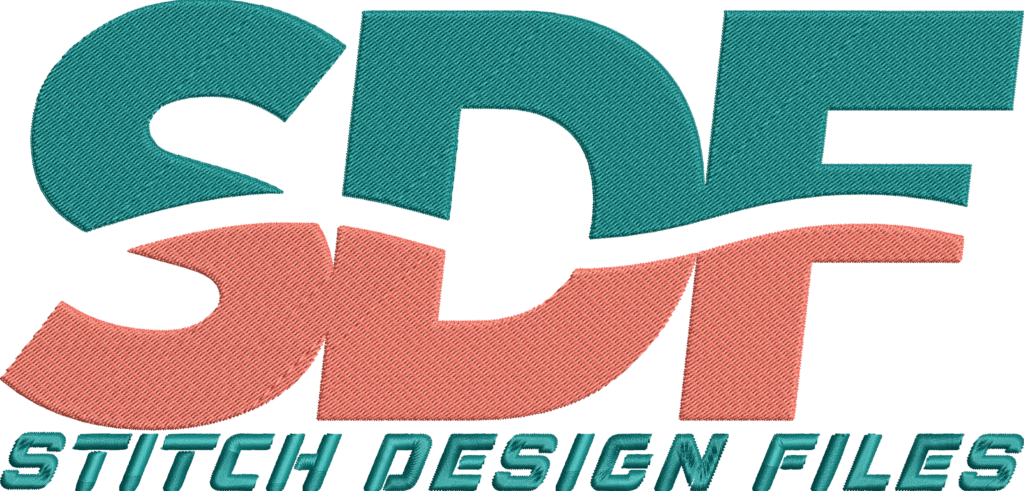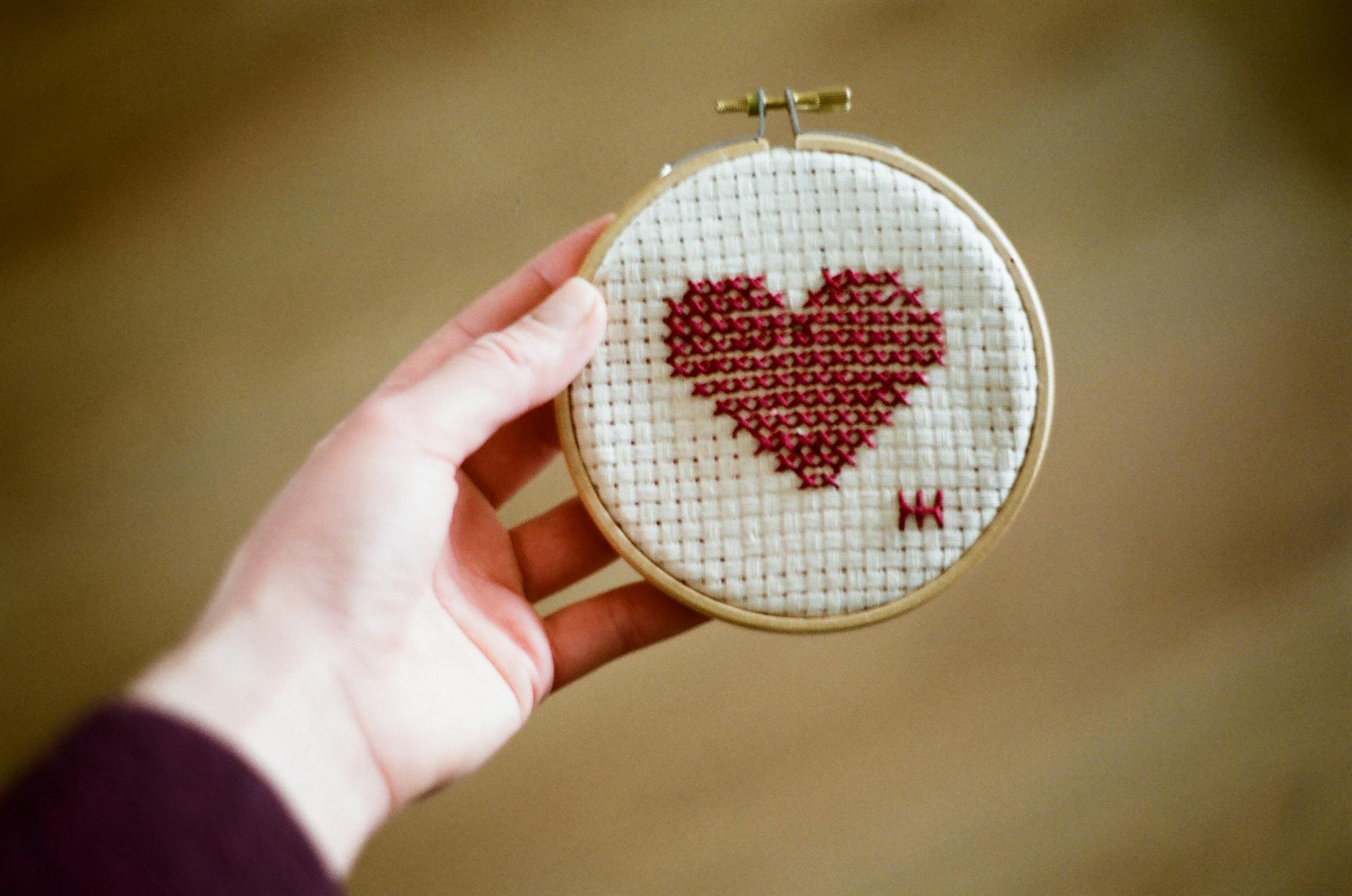No products in the cart.
Embroidery Tips & Guides
How to Use Bow Embroidery Designs on Different Fabrics
How to Use Bow Embroidery Designs on Different Fabrics
- Choosing the correct fabric and stabilizer is essential for successful bow embroidery application.
- Proper hooping and tension control prevent fabric puckering and ensure smooth stitching.
- Thread selection and stitch techniques influence the appearance and durability of bow embroidery designs.
- Bow embroidery designs can be applied via direct stitching or appliqué, depending on the project and fabric type.
- Understanding fabric-specific considerations enhances embroidery quality, especially when using machines like Brother embroidery systems.
Bow embroidery designs add charm and visual interest to various fabric projects, ranging from apparel enhancements to accessory decoration. Learning how to use bow embroidery designs on different fabrics enables hobbyists and small business crafters to apply these versatile motifs effectively, enhancing both aesthetic appeal and product value. This guide explores the necessary steps, fabric-specific considerations, and machine embroidery tips—including how to incorporate designs on cotton, felt, denim, and more for optimized results.
Introduction to Bow Embroidery on Various Fabrics
Embroidery enthusiasts, machine operators using brands such as Brother, and small business owners crafting embroidered goods benefit from understanding fabric compatibility and proper application methods for bow embroidery designs. Selecting suitable fabrics, stabilizers, and stitching techniques not only prevents common issues such as puckering or thread breaks but also enables professional-grade results that enhance product appeal. This knowledge is fundamental for successful use of embroidery files and for maximizing the potential of machine embroidery technology.
Definitions and Explanations of Bow Embroidery Designs
Bow embroidery designs refer to digital stitch files created to render bow-shaped patterns using embroidery machines. These designs may consist of various stitch types such as satin stitches for filling, running stitches for outlining, or decorative techniques like bullion knots for intricate detail work. The files typically come in machine-compatible formats like PES, JEF, DST, HUS, or XXX, allowing importation into various embroidery machines, including Brother models. Understanding how to integrate these designs with appropriate fabric choices and machine settings is critical for achieving high-quality embroidery.
Practical Use Cases in Machine Embroidery
Bow embroidery designs serve multiple purposes across different fabric types and product categories:
- Apparel Decoration: Cotton and linen garments benefit from embroidered bows as collars, sleeves, or chest embellishments, enhancing the garment’s decorative appeal.
- Accessories: Hair bows or appliqué patches on backpacks and totes frequently utilize bow embroidery designs applied on felt or denim.
- Home Décor: Towels, pillow covers, or table linens embroidered with bow motifs can bring subtle elegance to home textiles.
- Small Business Products: Sellers offering unique, handmade embroidered products use bow designs to add signature accents that attract customers seeking whimsical or feminine elements.
Moreover, the ability to directly stitch or create appliqué bows expands design flexibility. For instance, machine embroidery tips recommend direct stitching for lightweight fabrics like cotton, while appliqué methods work well on heavier or textured fabrics such as denim or felt.
Benefits for Embroidery Hobbyists and Small Business Crafters
Understanding how to use embroidery files tailored to bow designs provides practical advantages:
- Enhanced Design Versatility: Embroidering bows on multiple fabric types enlarges the creative scope of projects.
- Improved Product Quality: Proper fabric stabilization and stitch type selection prevent imperfections, leading to a polished end product.
- Increased Customer Appeal: Small business owners can offer distinctive designs, such as trendy bow appliqués on sweatshirts that align with current fashion trends.
- Time and Resource Efficiency: Machine embroidery reduces manual labor while maintaining consistent design quality.
Limitations and Challenges when Using Bow Embroidery Designs
Despite the advantages, certain challenges arise depending on fabric and design complexity:
- Fabric Stretch and Stability: Stretchy fabrics like sweatshirt material require additional stabilizers to prevent distortion during stitching.
- Hooping Difficulties: Bulky fabrics or incomplete hoop fitting can cause uneven tension, leading to puckering or misaligned designs.
- Thread and Needle Compatibility: Selecting inappropriate threads or needles may result in thread breaks or skipped stitches.
- Design File Limitations: Some machine formats may have constraints related to stitch density or color changes, necessitating file adjustments.
Addressing these challenges involves selecting suitable stabilizers, carefully hooping the fabric, and choosing compatible thread and needle combinations. Utilizing embroidery fabrics guides and machine embroidery tips tailored to specific equipment like Brother machines further aids in mitigating these issues.
How to Use Bow Embroidery Designs on Different Fabrics
The procedure for applying bow embroidery designs varies with fabric type but generally follows these steps:
Choosing the Right Fabric
Commonly used fabrics include:
- Cotton: Preferred for its stability, smooth surface, and ease of stitching.
- Linen: Offers texture but may need extra stabilization during embroidery.
- Sweatshirt Material: Requires careful hooping and stronger stabilizers to control stretch.
- Denim and Felt: Heavier fabrics that work well with appliqué bow embroidery.
Preparing the Fabric
- Stabilization: Use appropriate stabilizers such as tear-away, cut-away, or Heat N Bond interfacing to support the fabric and prevent puckering.
- Marking the Design: Employ light tracing tools or a light box to accurately position the bow embroidery design.
- Hooping: Tightly hoop fabric without stretching, ensuring the area for the design is centered and taut.
Embroidering the Bow
- Thread Selection: Match or contrast thread colors with the fabric to highlight the bow. Polyester embroidery threads offer durability and vibrant colors.
- Stitch Techniques: Satin stitches provide smooth fills, while running stitches outline the bow shape. Decorative stitches like bullion knots add texture.
- Machine Settings: Adjust stitch density and speed according to fabric thickness and type, especially with Brother machine embroidery systems to optimize output.
Applying Bow Embroidery Designs
- Direct Stitching: The design is stitched directly onto the fabric within the hoop, suitable for stable fabrics like cotton and linen.
- Appliqué Method: Embroider the bow design on a separate fabric piece, cut it out precisely using sharp appliqué scissors, then fuse or hand-sew it onto the target fabric using fusible web like Heat N Bond.
Tips and Tricks for Success
- Maintain consistent hoop tension to avoid puckering or distortion of the design.
- Use temporary basting stitches along edges if the fabric does not fit fully in the hoop.
- Choose stabilizers wisely based on fabric weight and stretchiness.
- Test stitch on fabric scraps before committing to the final piece to adjust settings as needed.
For embroidery enthusiasts interested in expanding design possibilities, the Hello Kitty Embroidery Design collection offers playful, high-quality digital files that can be combined with bow embroidery motifs for charming project combinations.
Summary and Call to Action
The effective use of bow embroidery designs on a variety of fabrics involves careful fabric selection, appropriate stabilization, precise hooping, and thoughtful stitch and thread choices. By following these guidelines, machine embroidery operators, particularly those using Brother machines and similar models, can enhance the quality and appearance of their embroidered projects. Whether applying bows directly or through appliqué, mastering these techniques expands creative potential and product uniqueness for hobbyists and small business crafters alike.
Explore the vast collection of machine embroidery files at Stitch Design Files to discover more designs that complement bow embroidery, further elevating creative endeavors in digital embroidery. These resources and designs support seamless integration and elevate project professionalism.

